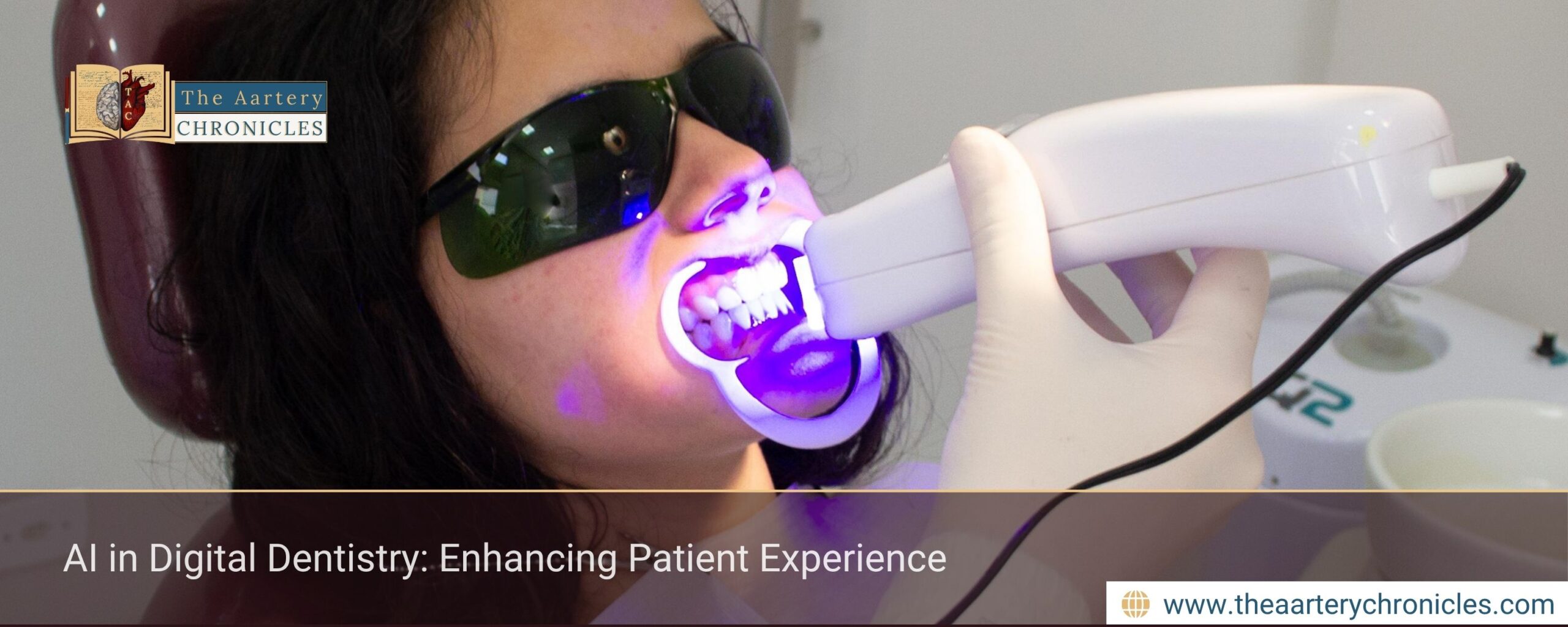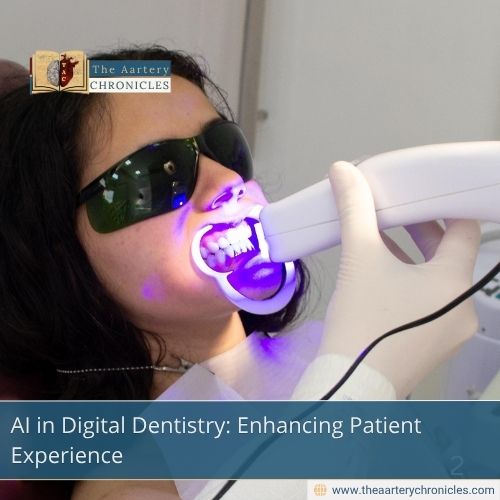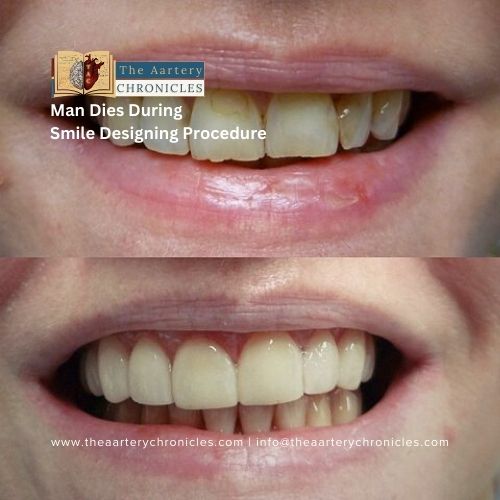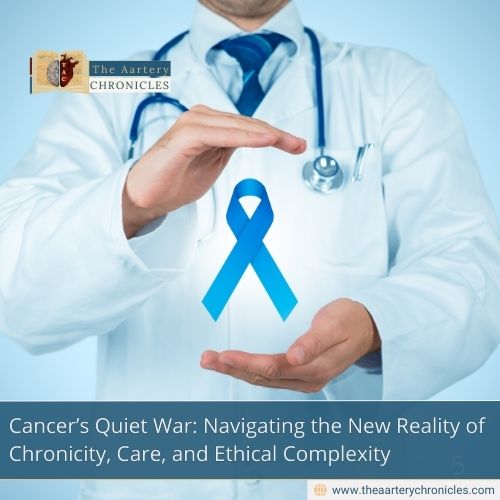

AI in Digital Dentistry: Enhancing Patient Experience
Summary
The article examines how digital dentistry, driven by advancements in artificial intelligence, 3D imaging, CAD/CAM systems, and intraoral scanners, is transforming patient experiences by delivering faster, more accurate, and personalized care. While these technologies streamline workflows, allow for precise restorations, and empower patients through interactive tools, the article stresses that technology should enhance, not replace, the essential human elements of empathy, individualized care, and communication. It highlights both the promises such as reduced anxiety, increased trust, and efficiency and the challenges, including risks of depersonalization, bias in AI, high adoption costs, and privacy concerns. Ultimately, the future of digital dentistry depends on blending the benefits of innovation with a continual emphasis on personal connection, compassion, and ethical responsibility.
Introduction: A New Age in the Dental Chair
Envision the modern dental chair, which is no longer a source of terror for patients but rather a high-tech center where comfort meets accuracy. Days of “goopy” impression materials and drawn-out methods have gone. Along with quicker results and more streamlined processes, developments in digital dentistry provide a more customized and interesting experience. Even though artificial intelligence and automation have changed our processes, a crucial question still remains: can technology improve but not eliminate the human touch that forms the basis of healing?
The art of dentistry is at a turning point in an age where algorithms can plan, scan, and even design a perfect smile quicker than ever before. How can practitioners balance the demands of ever-advancing technology with the irreplaceable value of empathy, storytelling, and individualized care? This article explores that the patient experience may actually be improved rather than diminished by means of digital dentistry, if utilized appropriately.
The Evolution of Electronic Dentistry
Digital dentistry involves the use of cutting-edge technologies like three-dimensional imaging, computer-aided design/manufacturing (CAD/CAM), intra-oral scanners, dental lasers, and increasingly, artificial intelligence (AI). From diagnosis through treatment planning and delivery, these technologies have revolutionized workflows by providing:
- Exceptional accuracy: High-resolution digital modeling and imaging allow for thorough evaluations and really personalized treatments.
- Speed and efficiency: Digital workflows and dental scans streamline everything from impressions to restorations, hence reducing the amount of time spent in the chair and the number of visits needed.
- Patient involvement: Interactive software shows diagnosis and choices graphically, hence enabling patients to comprehend and engage in their care.
Digital impressions enable immediate, accurate 3D models, so improving the longevity and precision of restorative treatment as well as lowering follow-ups and patient anxiety. Not only has the digital revolution increased accuracy, but it has also made dental appointments quicker, easier, and far more pleasant.
From Chairside to Cloud: Technology in Practice
Digital dentistry now encompasses a wide array of applications, including:
- Diagnostics with digital imaging (CBCT, intra-oral cameras, digital X-rays).
- CAD/CAM systems for creating and producing custom crowns, bridges, and inlays with perfect fit and beauty.
- 3D printing enables clinics to create patient-specific prosthetics and orthodontic appliances in-house more quickly by means of which.
- Intraoral scanning for virtual treatment planning and very accurate digital impressions.
- Teledentistry and distance consultations increase continuity of care and accessibility.
These technologies have transformed the way cosmetic and restorative treatments are planned, as doctors can now show patients how their smiles might look before any work is started.
The Promise: Personalization Meets Accuracy
Patients get several benefits from digital dentistry:
- Digital scans eliminate clumsy, untidy impressions, therefore speeding up appointments and reducing anxiety.
- Shorter appointments and fewer visits: Automated systems mean treatments can be delivered faster, often in just one or two sessions.
- AI-powered planning and digital fabrication enable very customized, precise restorations.
- Enhanced education: Interactive digital models and visuals help practitioners explain options, risks, and advantages, therefore empowering patients in their healthcare journeys.
The outcome is not only better treatment but also greater trust, a feeling that dentistry is now about receiving care tailored to the individual rather than undergoing painful procedures.
The Dangers: Where Human Touch is Vulnerable
Still, fast digitization presents problems, particularly if the “human touch” is overlooked in the quest for technical perfection:
- Depersonalization: Overemphasis on screens and data can erode the warmth of real human connection, making patients feel like another file, not a unique person.
- Dependence and prejudice: AI is only as impartial as its data and algorithms. Relying on algorithms could reinforce persistent biases or miss subtle indications that human observation might detect.
- Technological challenges include high costs, training demands, glitch potential, and the need for digital literacy, all of which can cause conflict in adoption that negatively affects some practitioners and patients.
- Privacy and consent: To preserve patient confidentiality, digital workflows and cloud-based records need particular security.
These hazards emphasize a fundamental reality: although it helps to highlight and support clinical intuition, empathy, and collaborative decision-making, technology should not take their place.
Tales from the Chair: Blending Empathy with Technology
Digital dentistry at its finest enhances the patient experience. Imagine a dentist who, rather than merely listing facts, weaves them into a narrative while going over a digital scan with the patient. “Here, this is why your crown will fit perfectly; this is how we’re making it unique for you.” By showing visual models and inviting questions, doctors promote real cooperation and trust. Patients feel not only cured but also heard as they exit the clinic.
The Road Ahead: Improving Science and Soul
The future of digital dentistry is thrilling: advances in 3D printing, AI diagnostics, and integrated software guarantee ever-greater personalization, reduced expenses, and quicker turnaround times. But as technology develops, so too must the dedication to patient-centered treatment.
Professionals need to double down on communication, listening, and connection by means of digital technologies that enable rather than replace personal interaction. This includes:
- Welcoming patient questions and thoughts during online demo sessions.
- Looking out for situations when technology might inadvertently disconnect treatment or produce disparities.
- Advocating for training and investment so all providers can meaningfully use these technologies.
Conclusion: The Reflection We Owe Our Patients and Ourselves
The most effective developments will always be those that improve rather than replace the human connection as artificial intelligence and digital dentistry change the nature of the field. Every model, scan, and algorithm ought to be a conduit to more compassion, cooperation, and moral accountability.
Ask yourself: Is the future only more digital or also more personal the next time you sit in the dental chair? For both patients and doctors, taking time to consider and to insist that technology enhance, not replace, real care is still our most potent weapon.
- https://pmc.ncbi.nlm.nih.gov/articles/PMC11426768/
- https://ppl-ai-file-upload.s3.amazonaws.com/web/direct-files/attachments/65691757/e0966137-dca4-44f7-b665-c4b673bc0b3a/Important-Task_-Featured-Author-Interview-Article-Submission.pdf
- https://www.vcuhealth.org/news/what-makes-digital-dentistry-different-for-patients/
- https://dentistsondemand.com/the-human-touch-in-dentistry-high-tech-advances-shouldnt-come-at-the-expense-of-human-centric-care/
- https://www.cda.org/newsroom/practice-management/ai-in-dentistry-strategies-for-managing-risks-and-potential-for-malpractice-claims/
- Dr Yashvi Singh
- Dentistry,Public Health
- 6 October 2025
- 11:00
Reviewed by Dr Aarti Nehra (MBBS, MMST), & Dr Darshit Patel (MBBS)








